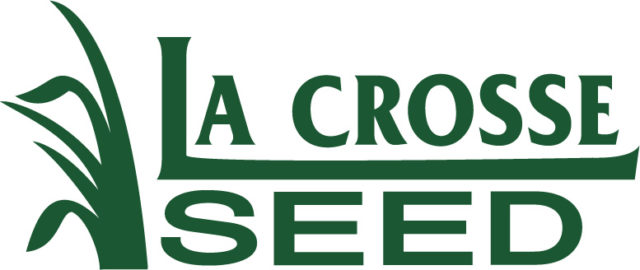Before working with local seed dealers and retailers to select a variety for their farm, growers first must choose a suitable field and also understand risks to their crop from climate, pests and diseases.
Site selection and management
Site selection may impact yield, so growers should choose their alfalfa field wisely. If seeding alfalfa the year after corn, carefully consider which herbicide program to use. Several pre-plant corn herbicides have rotational restrictions of 12 to 18 months, so be sure to follow label instructions when rotating to alfalfa. Minimizing trash or residue whenever possible is also important, as alfalfa following corn can leave large amounts of residue in the field.
Additionally, seed-to-soil contact is critical for successful stand establishment. According to the Alfalfa Management Guide, a compendium published by leading universities, the optimum planting depth can vary from one-fourth of an inch to one inch, depending on soil type.
Seed treatment
Seed treatments, such as fungicides, have been an industry standard for decades. Companies constantly evaluate these treatments and utilize industry data to offer treatment packages that increase seedling survival rates and provide growers with more opportunity for successful stand establishment.
Insect and disease resistance
Knowing the prevalent pests, climate and common diseases in their area helps growers select the appropriate variety. In the Pacific Northwest and the western United States, nematode activity after cutting reduces yields. In these areas, growers can protect their crops by planting varieties with nematode resistance.
In the eastern half of the United States, alfalfa pests, especially the highly destructive potato leafhopper, can limit forage yield and quality in the seeding year and subsequent years as well. Growers in these areas should take advantage of the latest generation of alfalfa varieties which provide potato leafhopper resistance. Additionally, when seeding alfalfa with a cover crop, most growers do not spray for potato leafhopper, so consider using a potato leafhopper- resistant variety in these instances.
If heavy, wet or saturated soils are present, consider selecting varieties with resistance to Aphanomyces root rot, a disease that causes damping-off, stunting and chlorosis of alfalfa plants. In years when the disease is prevalent, it can cause poor stand establishment and even failed stands.
Even though these pests can pose a challenge year-round, the effects insects and disease have in the first 90 days are most detrimental. Therefore, growers need to identify the pests and associated agronomic concerns that may harm their alfalfa crop. To protect against disease and insects, choose seed bred with top-line genetics for resistance against the anticipated pests.
Dormancy and winter hardiness
Understanding geography and climate will help growers select a variety with the proper dormancy rating to match alfalfa harvest management and cutting expectations. If alfalfa is cut every 35 to 40 days, select a variety with low fall dormancy. Growers on an aggressive cutting schedule, such as 26 to 30 days, should select a variety with a higher fall dormancy rating.
In the Pacific Northwest and Upper Midwest, alfalfa dormancies will typically range from a 3 to 5 rating. Central Plains can range from fall dormancy rating of 3 to 6. California and the Southwest will plant fall dormancies from a range of 3 to 10. Higher fall dormancy varieties tend to green-up faster in the spring and continue growing later in the fall. This extra growth period could make the difference when attempting to gain one additional cutting during the growing season. Higher fall dormancy varieties tend to have the highest yields, while lower fall dormancy ratings are associated with higher forage quality.
Persistence – a key trait for a wide range of environments such as wet or saturated soils – and winter hardiness are two other important characteristics in variety selection. Until recently, lower fall dormancy varieties were thought to provide the best winter hardiness. While fall dormancy may have an impact on winter hardiness, other factors such as disease and pest resistance ratings also play a role. Through advanced breeding techniques in recent years, researchers have separated the correlation between fall dormancy and winter hardiness. Today, growers can plant later fall dormancy varieties without sacrificing the winter hardiness and persistence that can lead to longer stand life.
High yield, quality and outstanding persistence are all essential qualities for long alfalfa stands. By way of top-line genetics and cutting-edge seed industry technology, growers have more options than ever to produce better yields, as long as they are aware of their specific growing conditions and individual needs. FG
Brent Johnson is an Alfalfa Products Manager for Syngenta Seeds.








